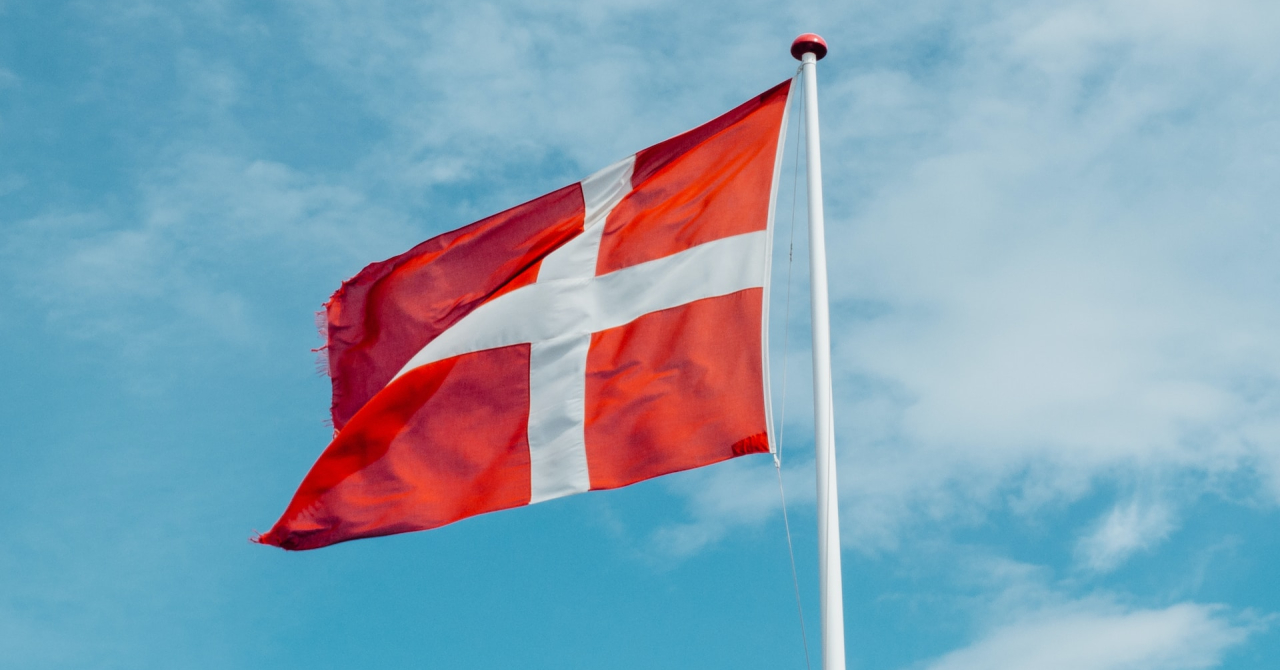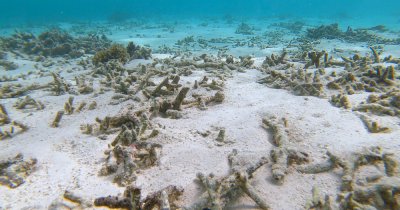As per Euronews.green, The Group of Negative Emitters was launched on Sunday in Dubai by Denmark, Finland and Panama and these nations aim to reach carbon-negative emissions by reducing the amount they output, while also protecting and expanding forest areas. Upcoming climate technologies will also be the focus of the nations, who seek to invest in their development.
Panama already achieved the objective, with the country's lush forests acting as great natural carbon capture solutions, while Finland and Denmark hope to become carbon-negative by 2035 and 2045.
Kai Mykkänen, Finland’s environment minister, said that "it’s a huge challenge to become carbon neutral and then carbon negative and we are not yet there, but we are really targeting this."
Carbon capture will play a major role in their quest, as well as decarbonizing the energy sector and reforesting more areas.
Carbon capture solutions are expensive to develop and implement and there are just 40 such projects currently activating around the world, sequestering an annual 45 million tons of CO2. Experts at the Global Carbon Project say that this is just 0.1% of what the planet releases on a yearly basis, which is 36.8 billion tons of CO2.
Nikki Reisch, climate and energy program director at the Center for International Environmental Law, said that "decades of carbon capture have shown it to be ineffective, uneconomic, and risky for communities. The very industry that has brought us to the brink of climate catastrophe will not save us from it."
While Panama and Finland can count on their forests for part of their mission to become carbon-negative, the same can't be said about Denmark, who will instead focus on newly developed technologies in order to become a sustainability champion.
Country officials recently laid the ground for an upcoming carbon capture facility, which is expected to become active in 2026.
Dan Jørgensen, Denmark's environment minister, said that "when we decided to make the first offshore wind farm in 1991, a lot of people were shaking their heads thinking that was crazy because it’s far too expensive. But we did it and today, offshore wind can compete with fossils in price almost everywhere in the world."
Currently, Denmark supplies itself with nearly 50% of its required electricity from wind power.
 Mihai - Cristian Ioniță
Mihai - Cristian Ioniță












Any thoughts?